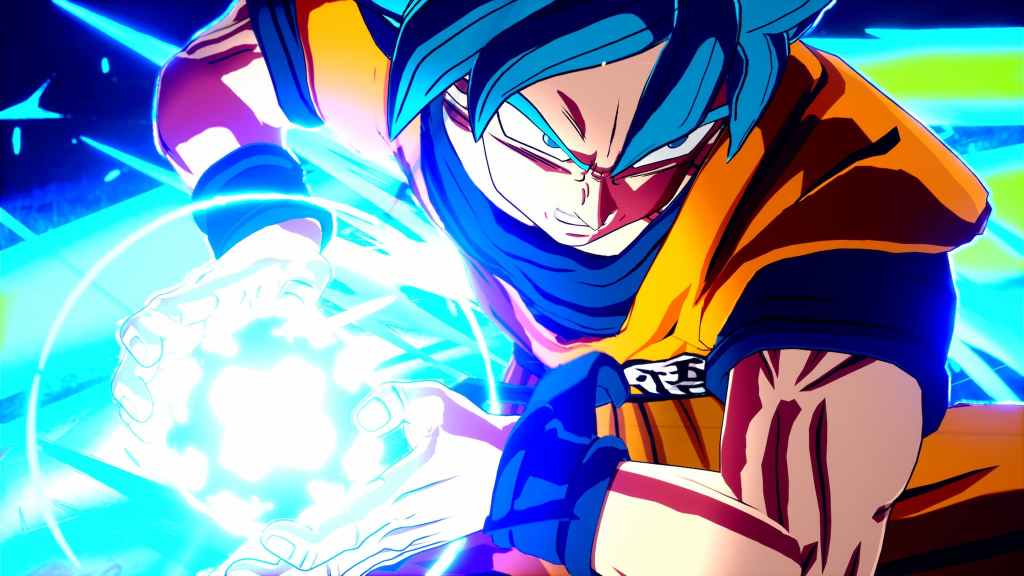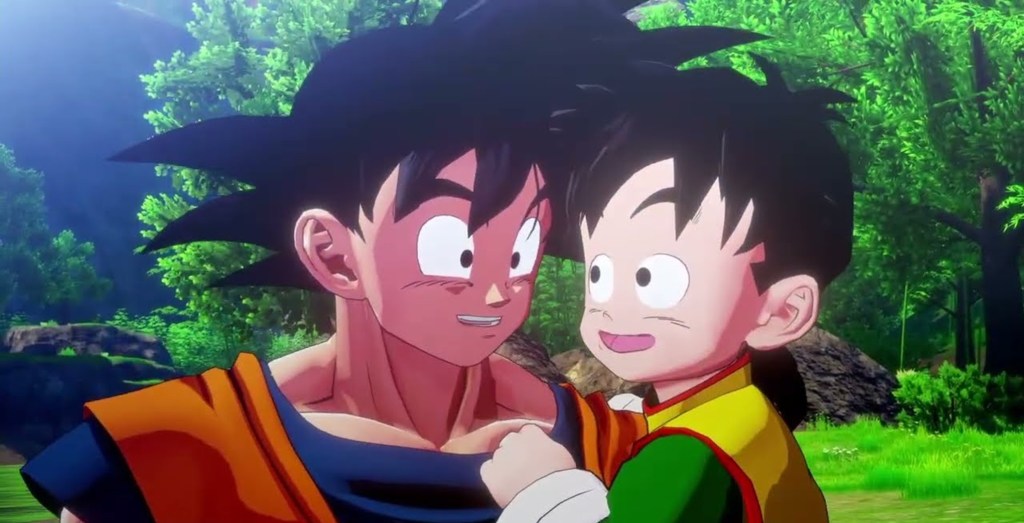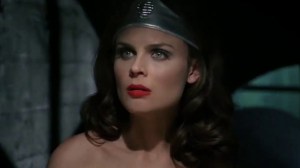Fans forget, but there was a long gap where the Dragon Ball franchise had no shows airing. After Dragon Ball GT finished in 1997, there wasn’t any new substantial animated Dragon Ball project until the Dragon Ball: Yo! Son Goku and His Friends Return short movie from 2008, a full decade since the last show. Dragon Ball Z Kai, the re-edit of the classic Dragon Ball Z show, soon followed, premiering in 2009. The next show fans could eagerly follow was Dragon Ball Super, leading to more consistent output from Toei Animation and more Dragon Ball content. However, before the second wave of Dragon Ball animation, the series remained relevant thanks to accessory media.
Videos by ComicBook.com
The series stayed alive thanks to word of mouth, continuous reruns, and video games. The games, especially, helped the franchise endure into the 2000s, carrying the series’s legacy even without the show airing. Even though I watched several episodes of Dragon Ball Z anime with my older brother, my first major exposure to the franchise was constantly playing Dragon Ball Z Budokai on GameCube. The original Budokai title is where I experienced the Androids Saga for the first time, witnessing major key events through the lens of a video game. Dragon Ball doesn’t need an anime airing to remain relevant, it can persist for decades because the franchise has evolved beyond animation.
[RELATED – Dragon Ball Game for Nintendo Switch 2 Reportedly Leaked]

Dragon Ball is a Pop Culture Icon in the West Now
Dragon Ball has reached a specific status within mainstream media that many people, including those who’ve never read or watched any of the official media, can recognize the iconography. When people see Goku’s balloon at the Macy’s Thanksgiving parade, they realize it’s from Dragon Ball, not a generic anime brand. We’re at a point in Dragon Ball’s life span where multiple generations have grown up with the franchise, meaning people of all ages have a history with the series.
Dragon Ball achieved this pop culture status thanks to the prevailing popularity of its anime adaptations and manga. It’s a testament to Dragon Ball’s quality that fans would continue the series via word of mouth and purchasing merchandise. The Dragon Ball story and characters are so ingrained in people’s brains that it would take an act of God to make the franchise irrelevant. The population has kept the series alive all these years because we love it, not because there was a new anime on the air. Goku is now a mascot that has reached a similar podium as Pikachu, Mario, and maybe even Mickey Mouse for some people. Even if no more anime exists, Dragon Ball will prevail because too many people around the world adore it now.

The Video Games are Where Dragon Ball Thrives
Video games have become a vital tool for Dragon Ball’s lasting success. The Budokai fighting games were my primary viewpoint of the franchise growing up, implanting a deep love for the franchise aside from the fact that I didn’t watch a lot of Dragon Ball Z at that point. It led me to watch classic Dragon Ball on Toonami and purchase the manga, making me a lifelong fan of the series.
Even when there was no anime airing, Bandai Namco assured that a new game in the franchise was released every few years. Besides the fighting titles, there were also RPGs and adventure games. Bandai didn’t need to be tied to releasing alongside a TV show; the company released new video games because they always sold. Dragon Ball had become its own medium, its own brand by the time games like Budokai were released. People knew what a Dragon Ball game was, turning it into one of the best-selling game franchises based on anime.
Dragon Ball Daima may be over, but I don’t doubt another anime will launch sooner rather than later. New anime began releasing because of fan demand, and as long as there continues to be demand, the franchise will always flourish in animation. But until then, the series doesn’t need animation to be successful. Dragon Ball is already one of the most profitable media franchises in the world, and fans will always be around to ensure it shines for many decades to come.








